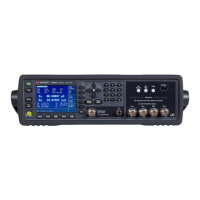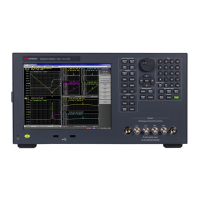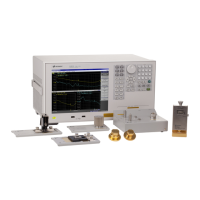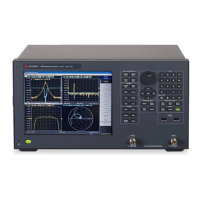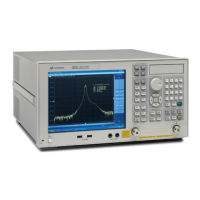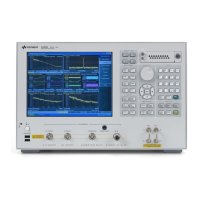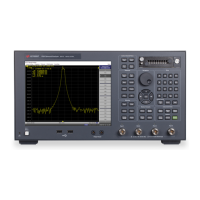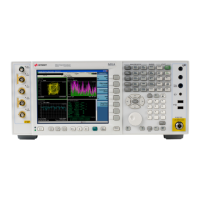Keysight E4981A 120 Hz/1 kHz/1 MHz Capacitance Meter
User Manual
7 Sorting Based on Measured Results (Comparator
Function)
This chapter describes how to use the function that performs sorting based on
the measured results (comparator function).
Overview of Comparator Function
The E4981A’s comparator function lets you set up to 9 limit ranges for the
primary parameter (BIN1 to BIN9) and 1 limit range for the secondary
parameter and sort DUTs into up to 11 categories: BIN1 to BIN9,
OUT_OF_BINS or AUX_BIN. If you need only simple pass/fail judgment and do
not need BIN sorting, use the comparator function while setting up only 1 limit
range for the primary parameter (BIN1) (and, if necessary, 1 limit range for the
secondary parameter) to judge whether the measured result of the DUT falls
into the specified limit range.
You can specify the upper and lower limit values for the primary parameter
with not only absolute values but also relative values (deviation) from the
reference value (nominal value).
The sorting judgment result of the comparator function is displayed on the
screen and also output from the handler interface. In addition, you can read
out the sorting judgment result from an external controller by using the SCPI
command together with the measured value.
You can use the BIN count function to count the number of DUTs sorted into
each BIN, display the counts on the screen, and read them out with the SCPI
command.

